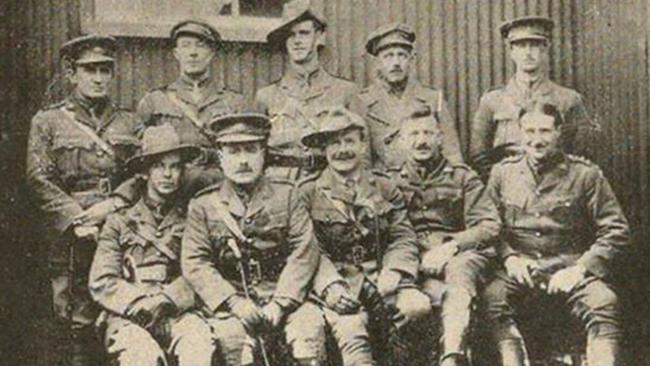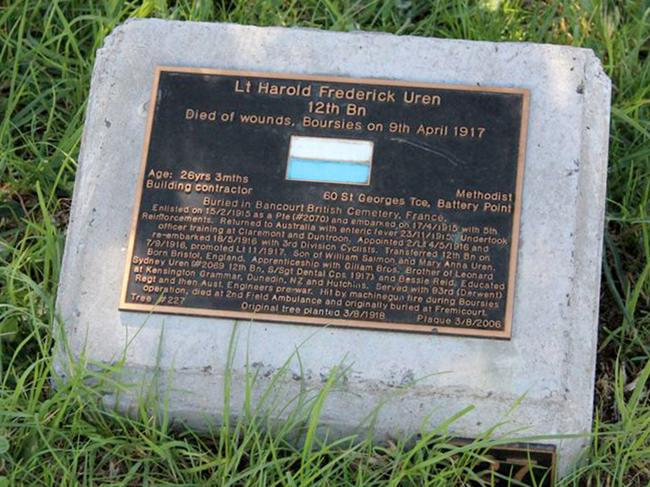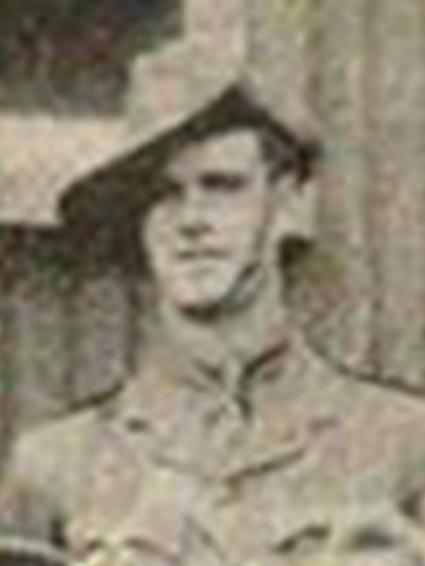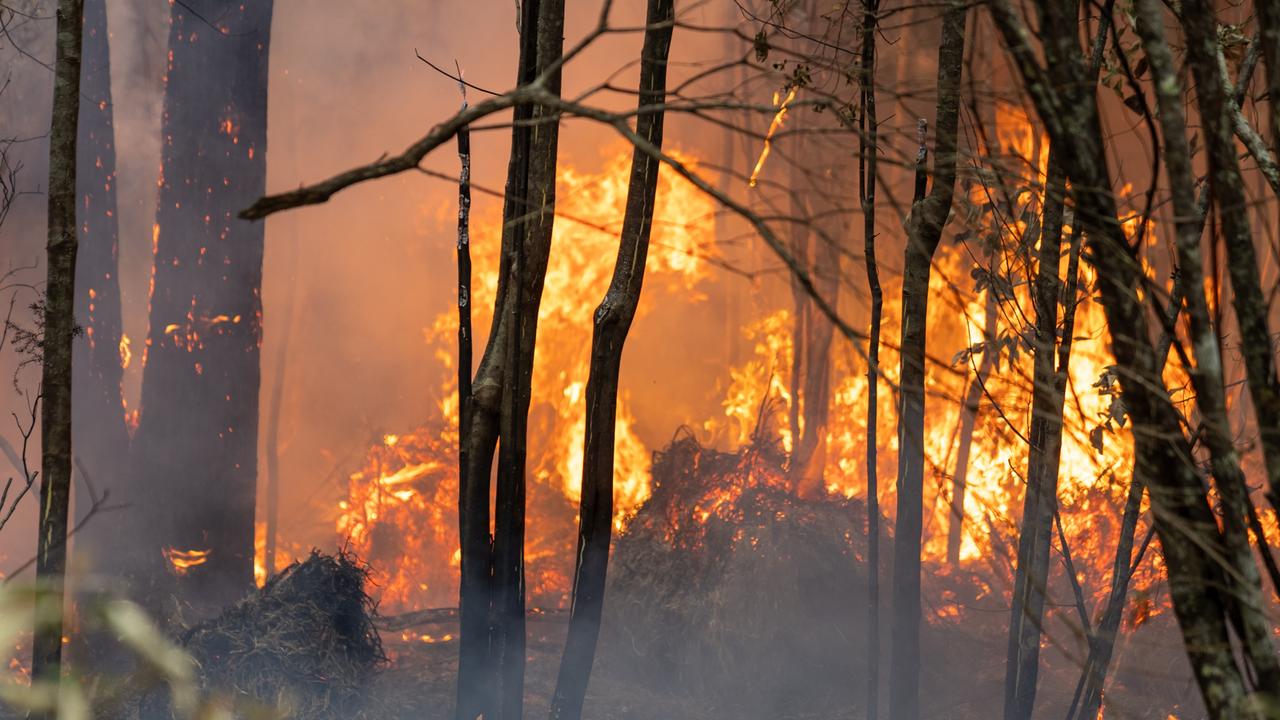100 Days of Heroes: Hobart’s Uren brothers left together but only one returned
BRISTOL-BORN brothers Harold and Len Uren were close throughout their childhood and early adulthood, even signing up for World War I on the same day.

Tasmania
Don't miss out on the headlines from Tasmania. Followed categories will be added to My News.
BRISTOL-BORN brothers Harold and Len Uren were close throughout their childhood and early adulthood, even signing up for World War I on the same day.
They grew up in Battery Point, the sons of English migrants William and Mary Uren.
They were baptised at the Hobart Wesleyan Church on the same day in April 1906, with the church register recording that Harold was born in 1891 and Len in 1893.
They both attended The Hutchins School and held a shared ambition to one day buy a property in the Huon Valley to start a fruit farm.
Upon finishing school, Harold gained an apprenticeship as a builder in the Hobart area and remained in this position for five years.
MORE 100 DAYS OF HEROES:
FAMILY MAN CHARLES COWEN FELL IN BELGIUM
ARTIST KEITH ELTHAM’S LIFE CUT SHORT
ROBERT THORPE AND HAZEL OUTTEN’S LOVE STORY

After World War I started, these future plans were put on hold as the brothers enlisted for service at Claremont.
Both joined the 12th Battalion on February 15 1915, naming their father as their next of kin, living at 60 St George’s Terrace, Battery Point.
Both took part in the second landing at Gallipoli on April 17, 1915, but their paths diverged when Harold was sent home to Australia to recover from enteric fever.
By the time Harold returned to service, the 12th Battalion had withdrawn from Gallipoli.

During his recovery period in Australia he attended officer training and was promoted to Second Lieutenant in May 1916.
On his return to Europe in August 1916 he was posted to the Cyclists Training Battalion in England and promoted to First Lieutenant in January 1917.
Harold transferred to France in March 1917. On the night of April 9, 1917 in Flanders, troops led by Lieutenant Uren attempted to advance further within the war zone.
Caught in caught in gunfire in the middle of the night, Harold was badly wounded in the abodomen by machinegun fire.
He was taken to the 2nd Field Ambulance where he succumbed to his injures and was buried at Fremicourt in France. His was later reburied at the Bancourt British Cemetery.
Len Uren returned safely to Australia in 1919 and was discharged from the army in 1920.
Lieutenant Harold Fredrick Uren is remembered at tree 227 on the Soldiers Memorial Avenue and is also recognised on the honour board at Hobart Town Hall, The Hutchins School and St George’s Church.
Kye Salkeld is a University of Tasmania journalism student.
MORE 100 DAYS OF HEROES:


